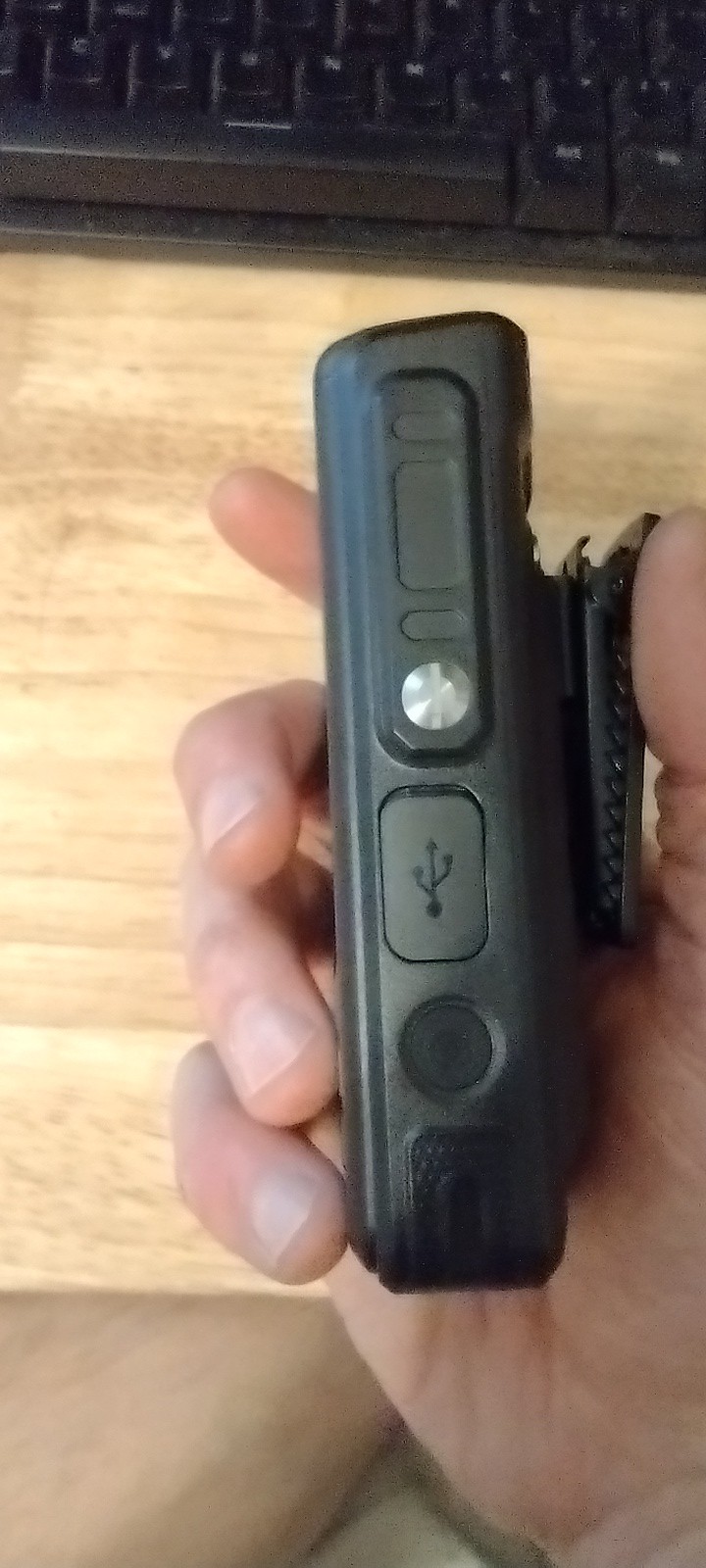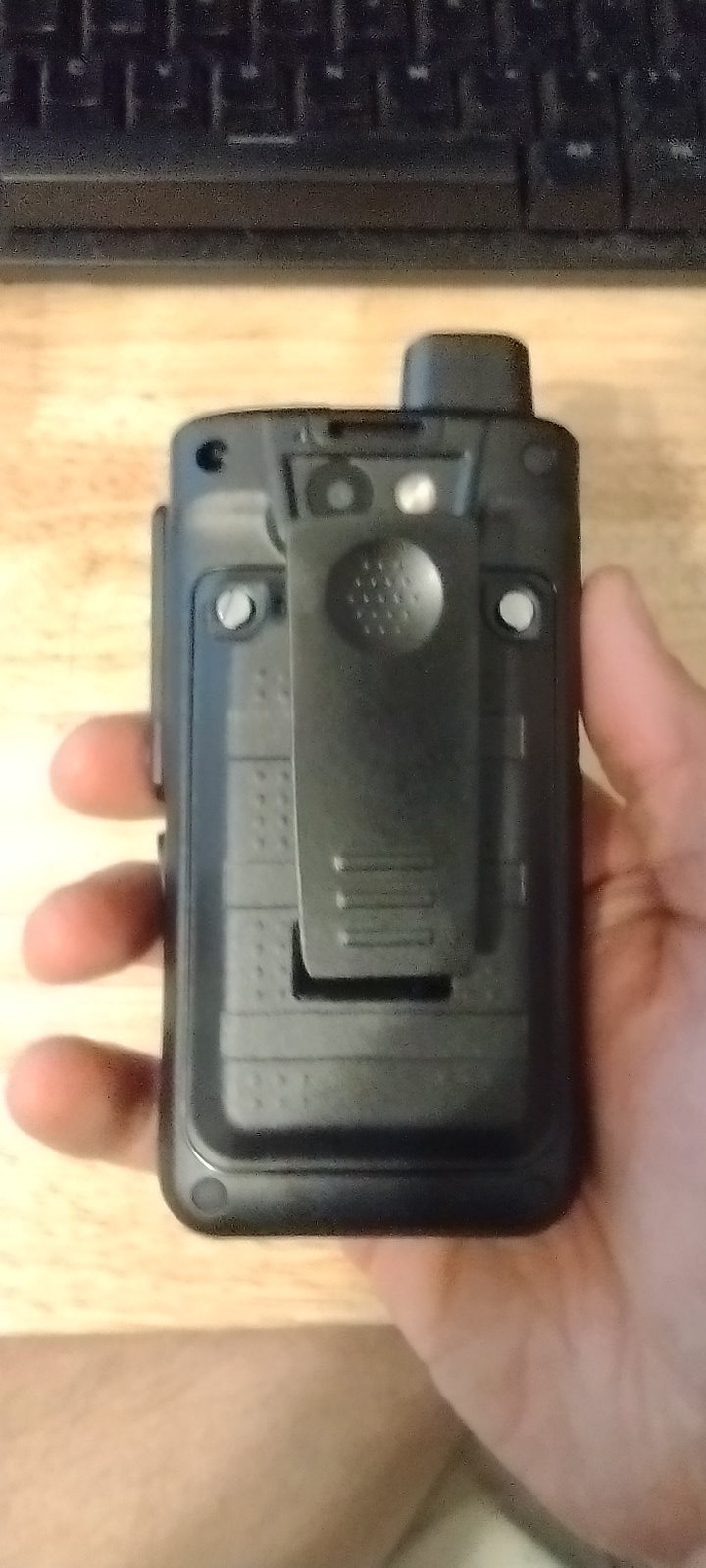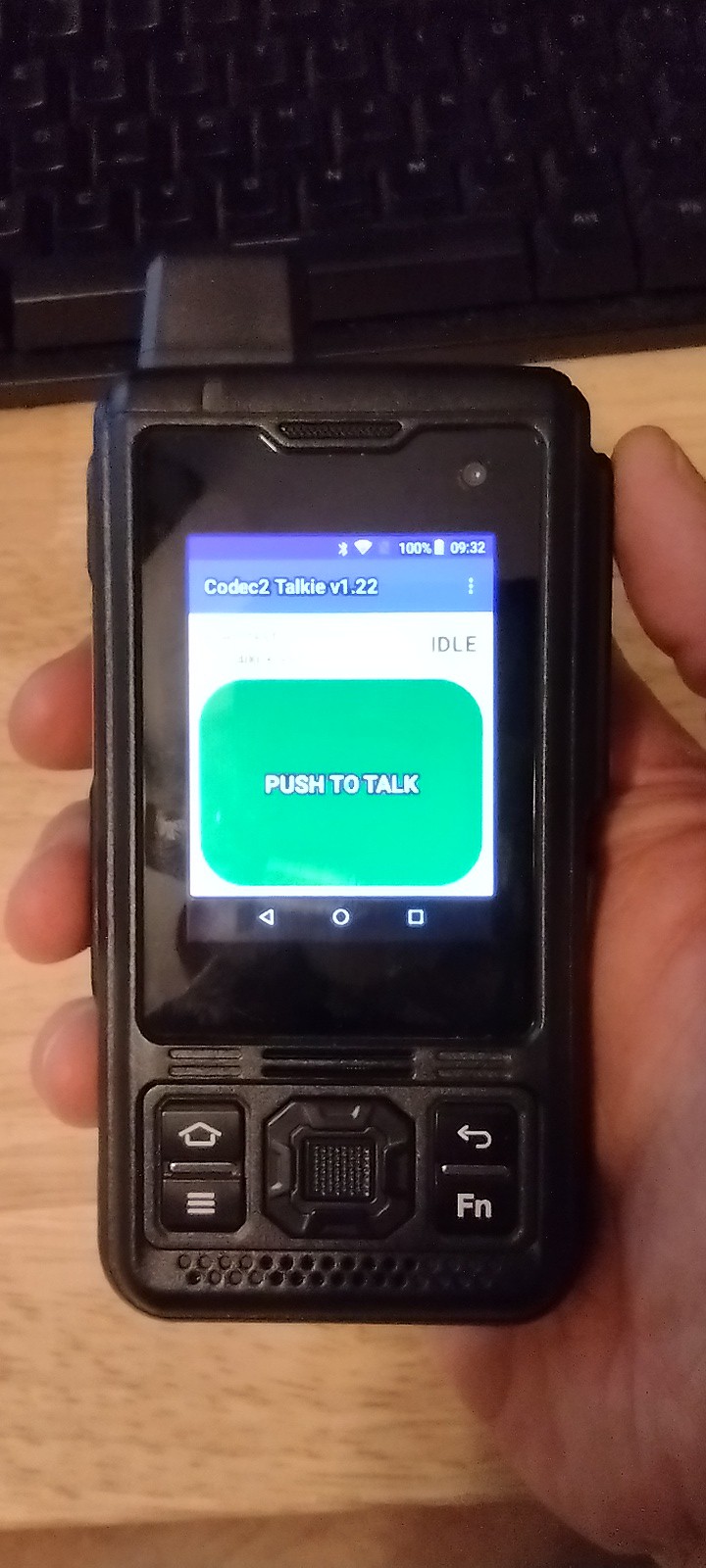A few months ago, I discovered a plethora of Android phones that are designed to work as walkie-talikies (HT's): they have a loud speaker (1W-2W output), a good omnidirectional microphone, a separate, special Push-To-Talk (PTT) button. They also have a port where you can connect a headset, speaker, mic, etc., like a regular HT.
These devices market themselves for use with Zello. Some of them are dirt cheap, and have pretty low-end features, but there are some higher-end ones with larger screens, faster processors, more RAM/storage, etc. Seeing this as a possible good voice "front end" for QMesh, I purchased one of the low-midrange ones, the Uniwa B8000 (https://www.aliexpress.com/item/3256802817133484.html?spm=a2g0o.order_list.0.0.14cc1802tUsWqY).
It arrived at my house this week, and I decided to check it out. While the specs are fairly low-end (four 1.5GHz ARM Cortex-A53's, 1GB RAM, 8GB storage), it was more than enough to run the Codec2 Walkie Talkie app. The screen is good enough for the intended use, and the physical buttons seemed to work well.
Overall, this should work out well for running Codec2 Walkie Talkie and interfacing with a QMesh node over Wi-Fi or Bluetooth.





 Dan Fay
Dan Fay
Discussions
Become a Hackaday.io Member
Create an account to leave a comment. Already have an account? Log In.